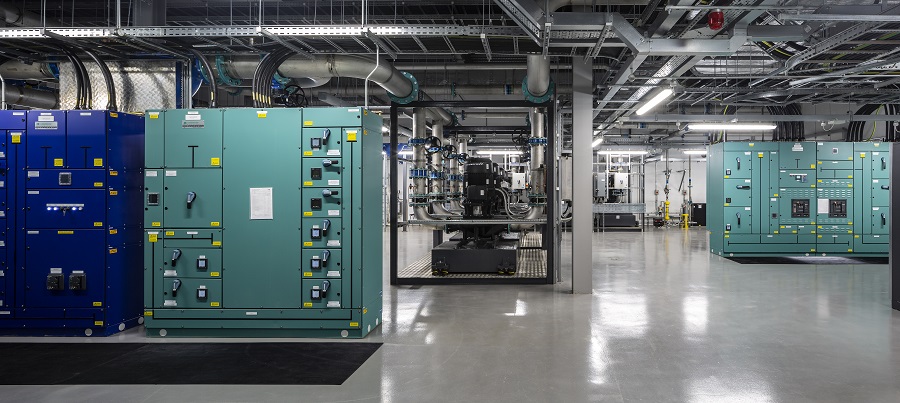Damp and Mould Sensors Rolled Out in 10,000 Council Homes

Environmental sensors aimed at eradicating damp and mould are being installed in more than 10,000 West Dunbartonshire Council homes. How will this help to allow tenants to monitor their energy efficiency?
The technology works by tracking data on air quality, humidity and other environmental factors. The council can use the insight to plan any required works.
It means that work can be undertaken at the earliest possible stage and allows the council to proactively plan for energy efficiency improvements while tackling issues including damp, mould and fuel poverty across the area.
Tenants will be able to track their energy efficiency through an app
The sensors can be retrofitted to homes with minimal disruption to tenants and operate from a sim card so don’t rely upon tenants’ internet connection.
In addition to this, the sensors allow tenants to track the data about their own homes through an app, with additional support and guidance from the council.
Councillor Gurpreet Singh Johal, Convener of Housing and Communities, said: “None of our tenants should be living in a home that is affected by damp or mould and these new sensors will allow us to access information on the fabric of each home easily so we can take action quickly to resolve.
“Not only that, we will have data to track the problem and help us identify what the best approach to resolve it will be.”
Continuing, the Councillor added that: “This is the biggest roll out of this type of sensor in Scotland and I am proud that West Dunbartonshire’s approach to dealing with damp and mould is not only leading the way but addressing the problem in an efficient and proactive manner.”
Follow-up visits will take place if additional support is required
The approach is one of a variety the council is taking to ensure any instances of damp or mould are tackled quickly and effectively.
Other actions being taken include a revised process for dealing with concerns about damp and mould in properties, which will see dampness inspections carried out a maximum of two days after an issue is raised.
Any repairs required following inspection will be categorised as urgent and carried out within 10 working days, with follow-up visits to determine whether the household has additional support needs including financial assistance.
Councillor Hazel Sorrell, Vice Convener of Housing and Communities, said: “We have demonstrated how committed we are to tackling any instances of damp and mould in our homes and I hope this action reassures our tenants that it is something we are taking very seriously.
“We want to ensure all cases of dampness or mould are treated quickly and effectively and the environmental sensors will allow us to do that by alerting us when homes are at risk of mould developing and provide us with the insight needed to address it.”
A proactive, customer-focused approach will ensure that information on the personal circumstances of each household is available and is considered when solutions are determined.
After repairs have been completed, a further inspection will be undertaken within 60 days to ensure no further action is required.
Implementing technology like environmental sensors will be essential in helping the housing sector become more sustainable, and bringing local people on the journey by allowing them to monitor their energy efficiency will make the transition happen more smoothly.

